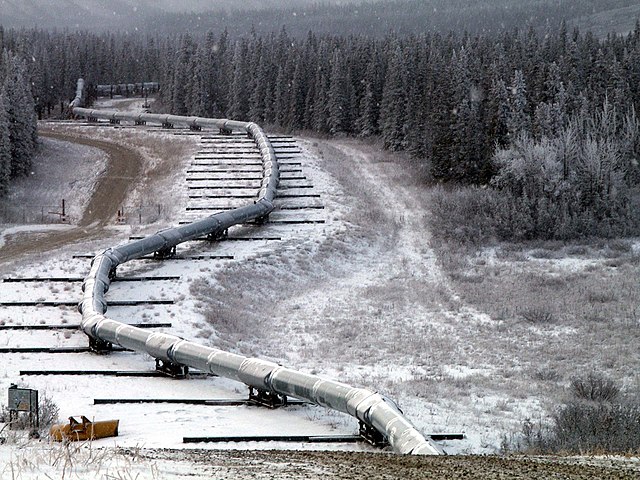 Did you know that the Arctic holds 22 percent of the Earth’s undiscovered oil and natural gas reserves? It is because of this unexplored oil that numerous oil companies rush to the Arctic with drill pads.
Did you know that the Arctic holds 22 percent of the Earth’s undiscovered oil and natural gas reserves? It is because of this unexplored oil that numerous oil companies rush to the Arctic with drill pads.
One such company, ConocoPhillips, started the Willow Project, aimed at upscaling the company’s drilling operations. The Trump administration approved the project in 2020 for five drill pads. However, President Biden reduced the operations to three pads, allowing the company to retain 90% of the oil they are drilling.
Before we jump into President Biden’s eventual barring of drilling across millions of acres in the Arctic, let us start off with a brief history of Arctic drilling and the impact it has had on environmental policy.
Arctic Oil Exploration: A Brief History
In 1968, oil was discovered on the Prudhoe Bay field along Alaska’s North Slope. This ushered in an era of using the Arctic as a stable means for accelerating the oil and gas industries. The completion of the Trans-Alaska pipeline a decade later allowed for the transportation of oil from Prudhoe Bay to the port of Valdez - a distance of 800 miles.
 Meanwhile, concerns about the impact on species like caribou, polar bears, and the pristine Arctic ecosystems, led to the establishment of the Arctic National Wildlife Refuge (ANWR) as a protected area.
Meanwhile, concerns about the impact on species like caribou, polar bears, and the pristine Arctic ecosystems, led to the establishment of the Arctic National Wildlife Refuge (ANWR) as a protected area.
As sustainability and the future of our planet became a major concern worldwide, eight countries -- the United States, Russia, Canada, Denmark, Finland, Iceland, Norway, and Sweden, formed the Arctic Council in 1996. The goal of the Council is to involve Arctic Indigenous communities, to promote interaction among Arctic states, and to ensure sustainable development and environmental protection in the Arctic.
As demand for oil rose, the Obama administration announced a 2012-2017 plan for offshore drilling in the Arctic in order to explore 75 percent of recoverable oil and gas resources in federal offshore areas.
When President Trump entered office, his administration opened up parts of the Arctic National Wildlife Refuge in Alaska to drilling. These areas had been set aside as protected areas due to their environmental value. During his campaign run in 2020, President Biden promised to prevent further drilling in the Arctic, a move applauded by environmentalists.
However, in March 2023, President Biden approved the Willow Oil Project in the National Petroleum Reserve, upsetting climate activists who believed the President had turned back on his promise. Biden, however, made reparations in early September when he announced that 13 million acres of wilderness in the National Petroleum Reserve in Alaska would no longer be open for drilling.
What The Ban Means
Environmentalists praised the President’s environmental reform but remained disappointed over the proposals not applying to the Willow Oil Project.
Many Alaska Native groups depend on drilling for jobs and direct their earnings toward supporting schools. However, some native groups have also backed the ban, stating that some of their sacred lands can be safe from oil development. The president has received criticism for potentially threatening American energy independence as oil prices are rising.
However, the drilling ban is a stepping stone towards a future of maintaining the one-of-a-kind wildlife in the Arctic.
Sources: New York Times, Arctic WWF, CNN, Statista









